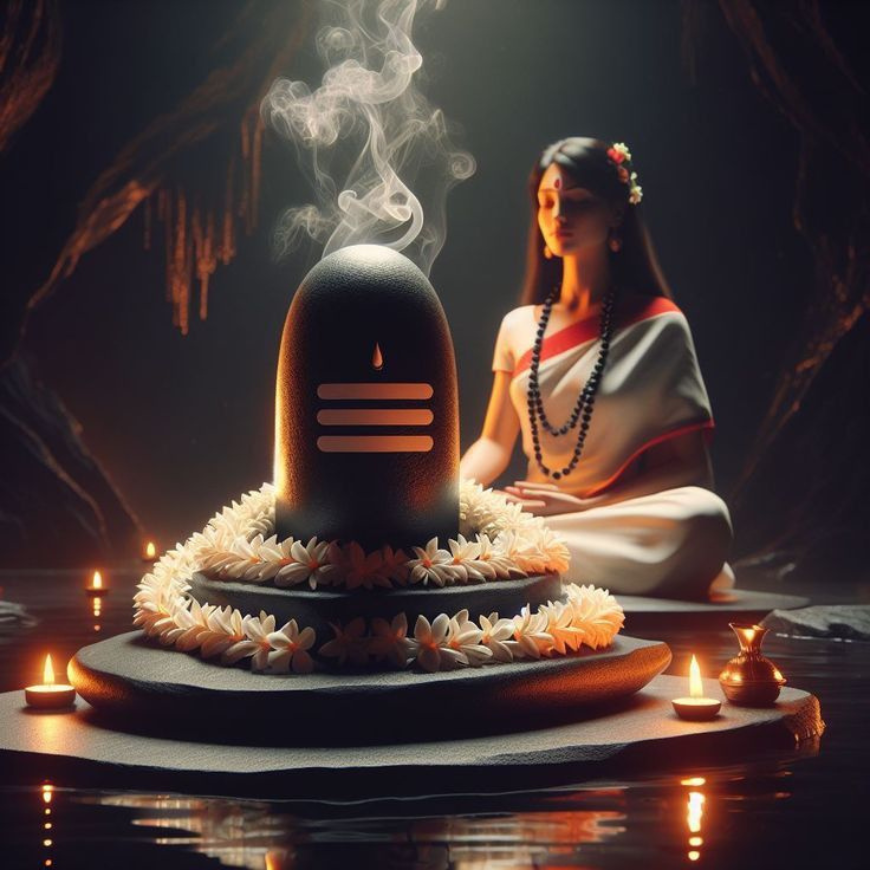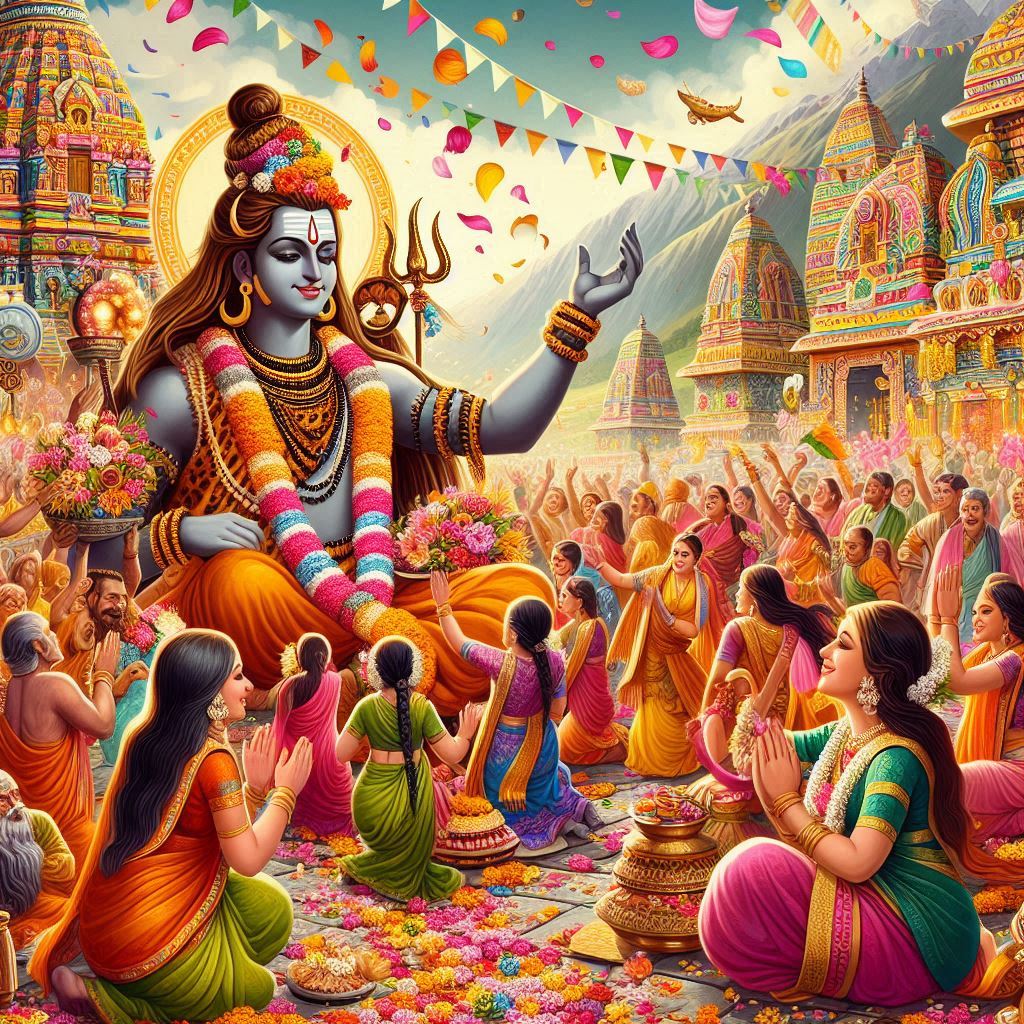As the monsoon clouds gather and the earth breathes a sigh of relief with the first drops of rain, a distinct spiritual fervor envelops India. This period marks the arrival of Shravan Maas, also known as Sawan, the fifth month in the Hindu calendar. Revered as the most sacred month dedicated to Lord Shiva, Shravan is a time of intense devotion, spiritual purification, and immense blessings.
In 2025, Shravan Maas for North Indian states (Purnimanta calendar) commences on Friday, July 11, and concludes on Saturday, August 9. For South and Western Indian states (Amanta calendar), it begins on Thursday, July 25, and ends on Thursday, August 23.
Why is Shravan So Special? The Mahima (Glory) Unveiled:
The significance of Shravan stems from several ancient legends and spiritual beliefs:
Lord Shiva’s Favorite Month: It is widely believed that Shravan is Lord Shiva’s most beloved month. Legend has it that Goddess Parvati observed severe penance during Shravan to win Lord Shiva as her husband. Pleased with her devotion, Lord Shiva granted her wish, making this month eternally special for devotees seeking blessings for a harmonious married life.
Samudra Manthan Connection: One of the most famous legends associated with Shravan is the Samudra Manthan (Churning of the Cosmic Ocean). During this event, deadly poison (Halahala) emerged, threatening to destroy the universe. Lord Shiva, out of compassion, consumed the poison to save creation, holding it in his throat, which turned blue (hence, Neelkanth). To soothe the burning effect of the poison, the Devas offered him water and various cooling substances. Devotees believe that offering water and performing Abhishek during Shravan helps alleviate Shiva’s pain, earning immense blessings.
The Cosmic Shower of Blessings: The monsoon rains that arrive during Shravan are seen as nature’s own ‘Abhishek’ to the Lingam (the Earth), symbolizing the continuous flow of divine grace from Lord Shiva upon the world. The greening of the earth reinforces the message of renewal and life bestowed by Shiva.
Key Observances and Spiritual Practices:
During Shravan, devotees engage in various practices to appease Lord Shiva and seek his blessings:
- Shravan Somwar Vrat (Monday Fasting): Mondays (Somwar) are inherently sacred to Lord Shiva. Observing a fast on Shravan Somwars is considered highly auspicious, believed to fulfill desires, grant good health, happiness, and for unmarried women, a suitable life partner.
- Rudra Abhishek: Performing the sacred bathing ritual of the Shiva Lingam with water, milk, curd, ghee, honey, and other substances while chanting powerful mantras is the most significant ritual. It’s believed to purify sins, remove obstacles, and bring prosperity.
- Jalabhishek: A simple yet profound act of continuously offering water to the Shiva Lingam.
- Maha Mrityunjaya Japa: Chanting the powerful Maha Mrityunjaya Mantra for longevity, good health, and protection from untimely death.
- Offering Bilva Patra: The Bilva (Bel) tree and its leaves are extremely dear to Lord Shiva. Offering Bilva Patra is considered highly meritorious.
- Visiting Shiva Temples: Devotees throng Shiva temples to offer prayers, participate in pujas, and immerse themselves in the divine atmosphere. Many temples organize special Aarti, Bhajans, and discourses throughout the month.
- Simple Devotion: Even if elaborate rituals aren’t possible, heartfelt prayers, chanting “Om Namah Shivaya,” and meditating on Lord Shiva can bring immense spiritual benefits.
The Spiritual Essence of Shravan:
Shravan is a month that encourages introspection, spiritual discipline, and deeper connection with the divine. It’s a reminder of Lord Shiva’s compassion, his role as the transformer, and his ability to remove negativity and bestow blessings. The serene atmosphere, combined with collective devotion, makes Shravan a truly transformative period for spiritual aspirants.



